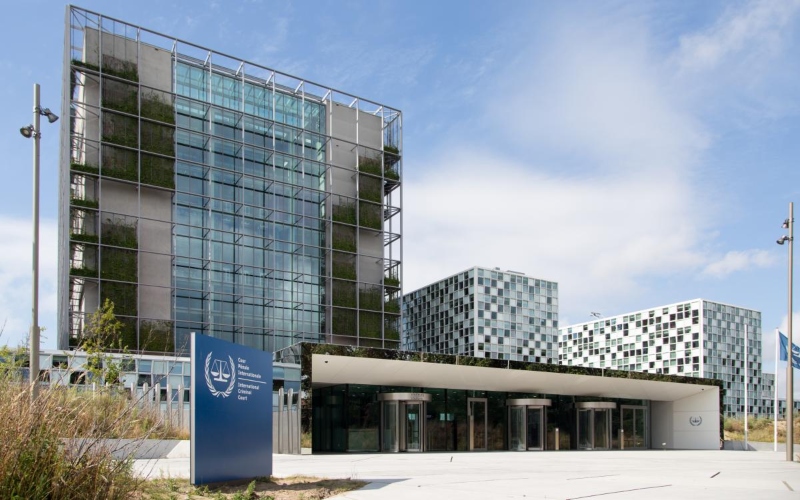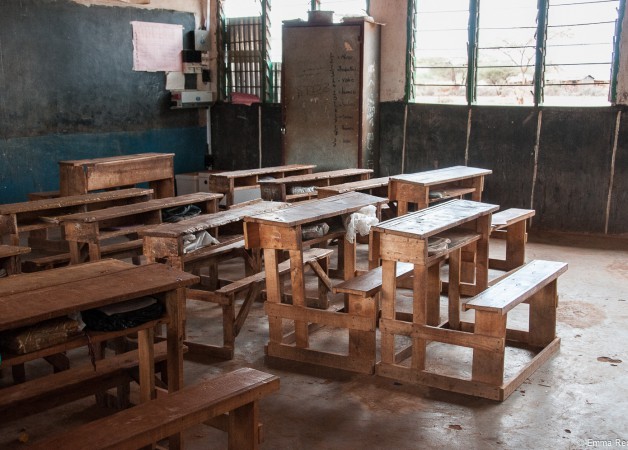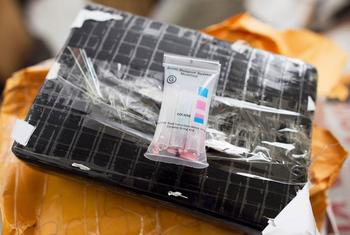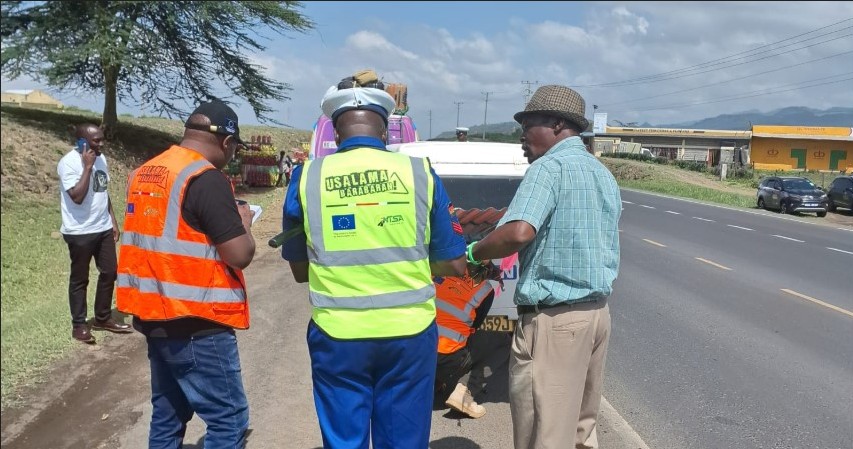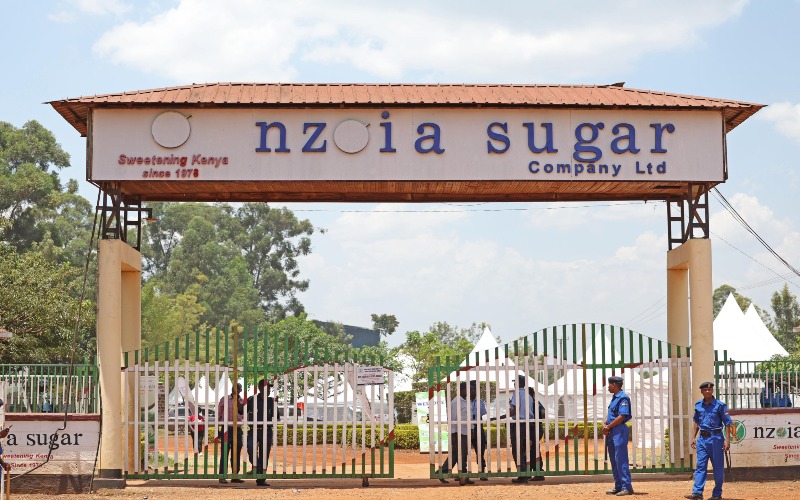SMEs see brighter outlook but struggle with market access, corruption - report
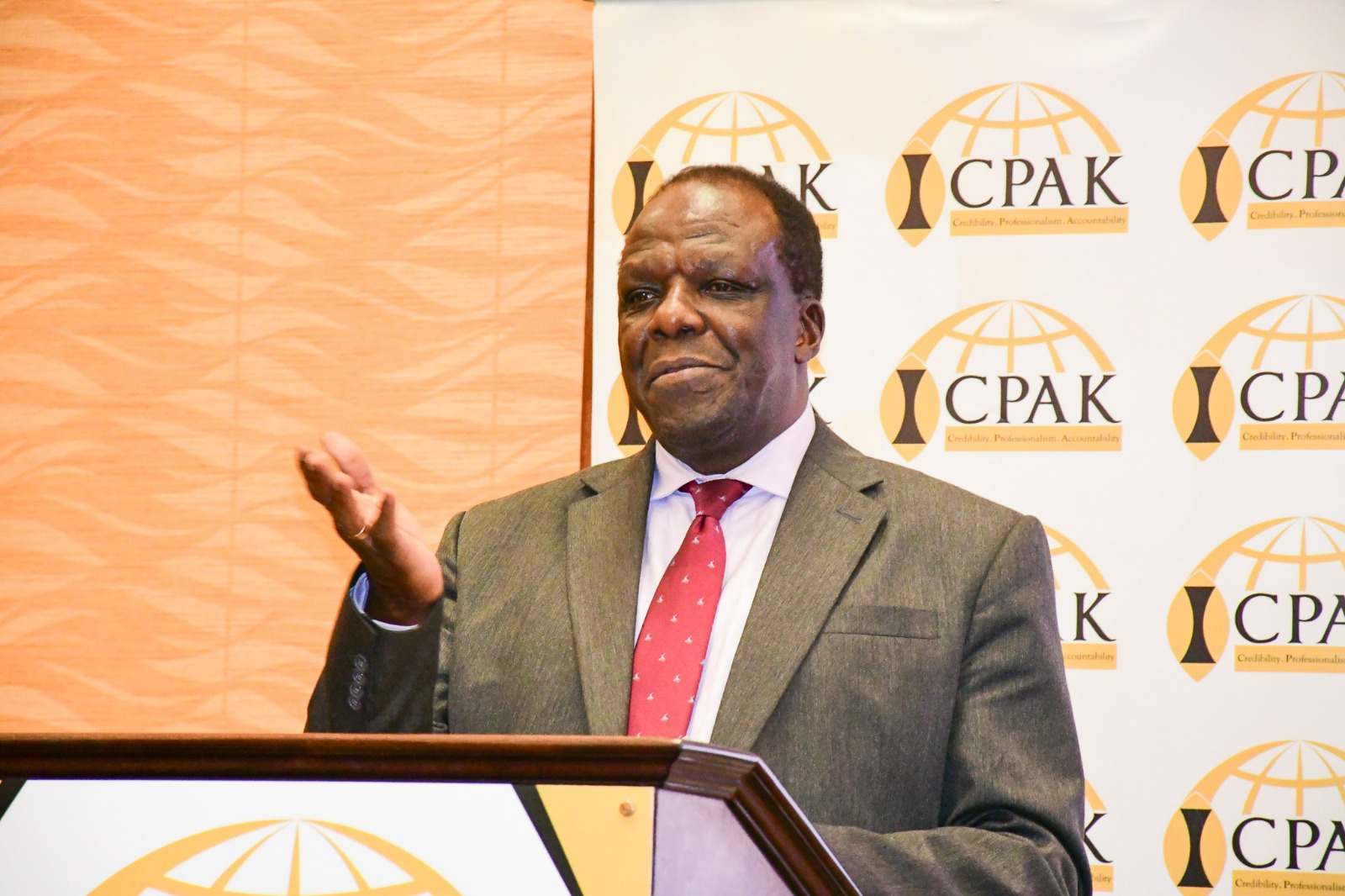
Nyandarua, Nakuru, Kisumu, Nyeri, and Kakamega ranked as the top five counties in the latest assessment.
The business environment for Micro and Small Enterprises (MSEs) in Kenya has seen significant improvement, according to the Kenya Institute for Public Policy Research and Analysis (Kippra).
The state-owned research firm, in its latest 2024 County Business Environment for MSEs (CBEM) report, highlights a marked increase in the average score for the national business environment, reflecting better conditions for the growth and development of emerging enterprises.
More To Read
- Kenya ranked Africa’s most competitive economy in International Institute for Management Development 2025 Index
- Ruto terms Hustler Fund largest financial inclusion programme since independence
- CS Kinyanjui: Kenya cannot develop while rejecting all funding options
- Eastleigh’s 24-hour economy key to Kenya’s commerce, says CS Lee Kinyanjui
- Hustler Fund faces scrutiny as MPs demand answers on missing Sh14 billion, beneficiary records
- Tech drives Africa’s private capital boom as Q3 deals surge to Sh646 billion
“The average overall score for the counties for the CBEM 2024 improved to 24.49 from 17.16 in 2022,” the report reads.
Notably, it says access to worksite and electricity connection improved and continued to rank high.
Nyandarua, Nakuru, Kisumu, Nyeri, and Kakamega ranked as the top five counties in the latest assessment.
Worth noting, a majority of the counties recorded improved scores during the review period.
Uasin Gishu, Taita Taveta, Tana River, Isiolo and Lamu counties, however, saw a decline in their performance.
According to the report, the drop highlights ongoing structural and governance challenges that continue to hinder the growth of MSEs in these regions.
Assessment of worksite and related infrastructure highlights steady improvements, though key challenges persist.
While many MSEs still operate from semi-temporary or temporary premises, leading counties recorded significant improvements in waste management access, reduced distance to public toilets, and streamlined procedures to acquire worksites.
Notably, some counties have taken proactive steps by allocating budgets to improve electricity connectivity for MSEs.
Market environment is the additional metric assessed. Factors considered under this are access to government procurement opportunities, ease of access to road infrastructure, access to market, unfair competition, quality of market infrastructure, other forms of infrastructure, certified manufactured products, and trade participation.
Except for access to markets and trade participation, all other indicators improved. The decline in access to markets is attributed to the high average county levies payable per month.
Further, limited approaches used by the County Governments to promote cross-country and international trade for MSEs have affected trade participation.
Nevertheless, the trade participation is also impacted by the low proportion of MSEs with certified manufactured products critical in accessing local, regional, and international markets.
Financial inclusion remains a critical hurdle for MSEs, with no notable growth in access to savings or credit facilities during the review period.
Although fintech adoption has grown, Kippra says traditional barriers like a lack of collateral continue to restrict access to formal credit.
Awareness and uptake of credit guarantee schemes and public funds also remain low, with the Hustler Fund emerging as the most accessed public financial support tool among MSEs.
Governance and regulatory environment revealed mixed outcomes.
While MSE participation in policymaking and licensing procedures improved, internal governance within MSE associations has weakened, primarily due to rising costs and bureaucratic hurdles.
Licensing processes have become more efficient, and access to police stations has improved, enhancing public security.
However, corruption at worksites remains a concern, with reported cases on the rise.
On risk preparedness and social security, the report reveals an overall improvement in preparedness since the Covid-19 pandemic, but a concerning drop in awareness and uptake of social security measures such as business insurance.
Top Stories Today


